Myths about the wild west we all believed
The Wild West is often painted with broad strokes of romance and danger, a time of heroic cowboys and lawless lands. But how much of this image is rooted in reality?
The truth is, the Wild West was a complex tapestry of different cultures, struggles, and developments. By exploring beyond the myths, we uncover a nuanced history that reveals more than just the tales of gunslingers and gold miners.
Cowboys: More Than Just Gun-Slinging Heroes
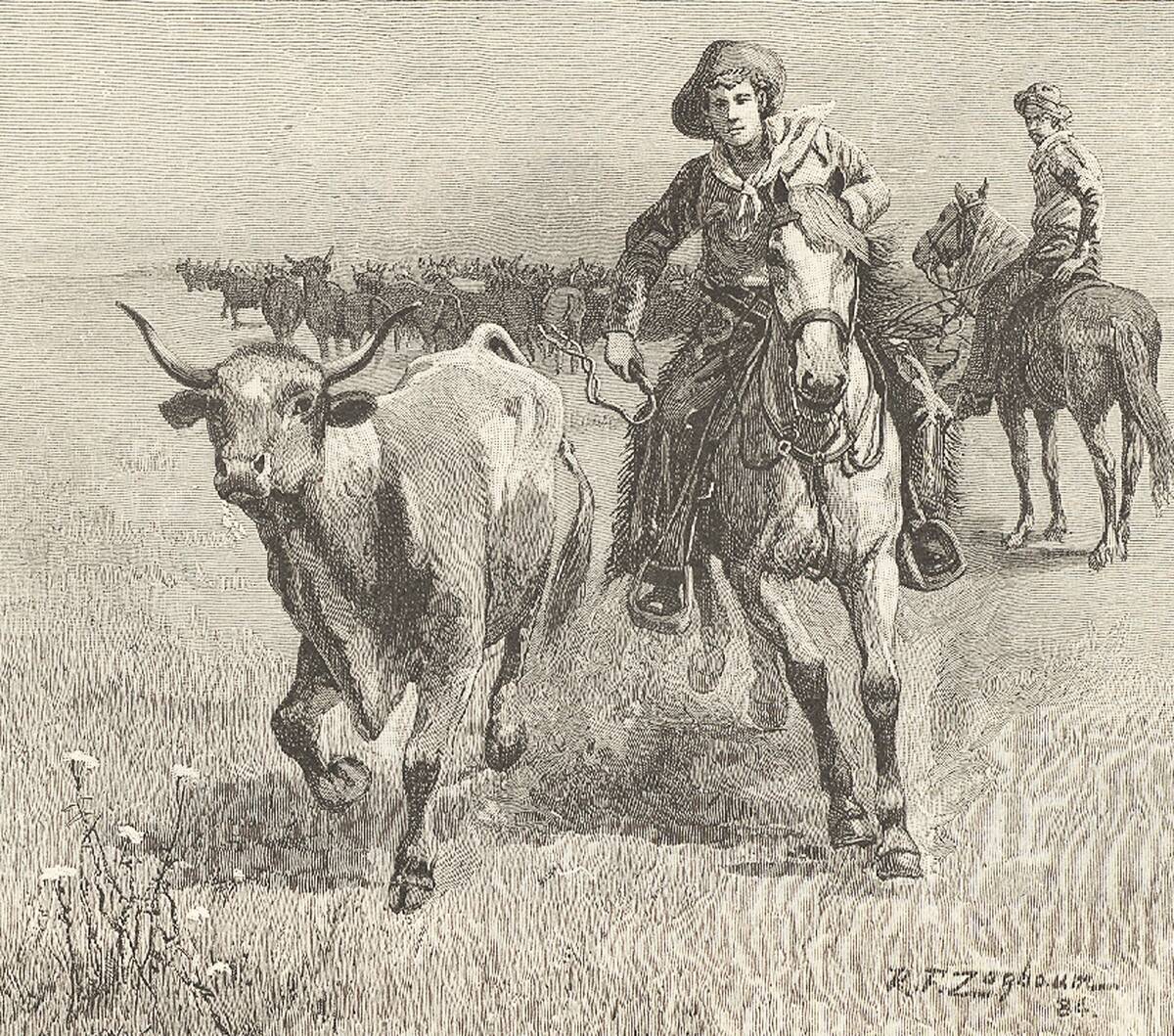
While Hollywood might have us believe cowboys were all about gunfights and bravado, their daily lives were far more mundane. Cowboys primarily worked as cattle handlers, spending countless hours herding, branding, and driving cattle across vast distances.
These skilled laborers were essential to the ranching economy, and their work required expertise in horseback riding, roping, and animal husbandry—a far cry from the shootouts seen on screen.
The Wild West: Not as Lawless as You Think
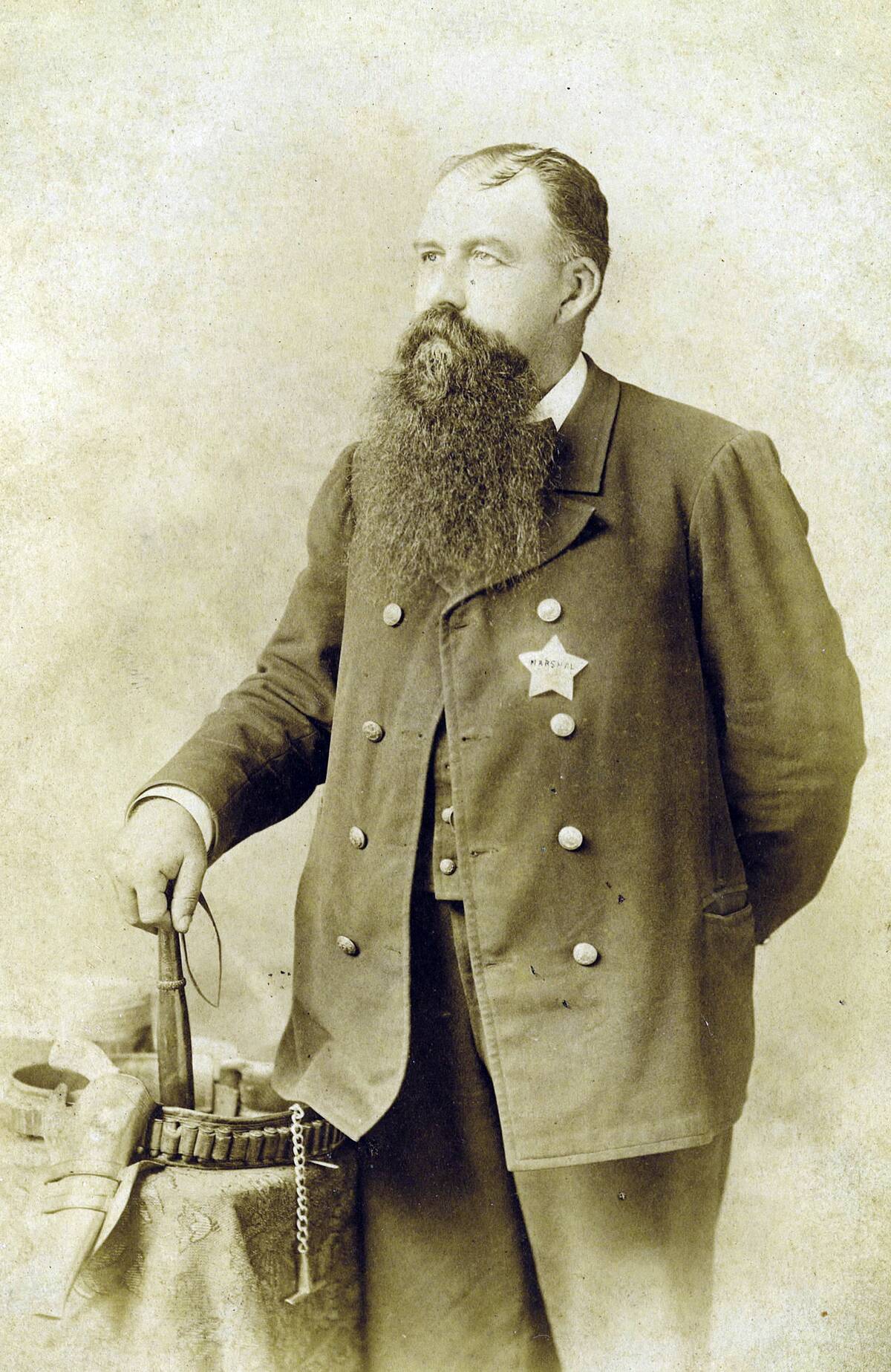
Contrary to popular belief, the Wild West wasn’t a lawless free-for-all. Towns often had structured legal systems, complete with sheriffs, marshals, and judges to keep the peace. In fact, some western towns boasted lower crime rates than their eastern counterparts.
Vigilante justice did occur, but it was not as widespread as movies suggest. Communities strived for order, establishing rules that governed everything from land claims to business dealings. However, when an area was characterized by the presence of a valued resource like gold, violence was more common.
Native Americans: Complex Relationships Beyond the Stereotypes
![[redacted] Guiding the Lewis And Clark Expedition by Alfred Russell](https://media.tellmebest.com/wp-content/uploads/2023/08/sacajawea-guiding-the-lewis-and-clark-expedition-by-alfred-russell-17252.jpeg)
The interactions between Native Americans and settlers were complex and varied widely across the region. While conflicts did occur, there were also instances of trade, cooperation, and mutual aid.
Native tribes played significant roles in helping settlers navigate the land, sharing knowledge of agriculture and survival. This nuanced history challenges the simplistic narratives often portrayed in westerns, revealing a myriad of alliances and conflicts.
The Gold Rush: Not Everyone Struck It Rich

The Gold Rush lured thousands with the promise of instant wealth, but for most, the reality was quite different. Prospectors faced grueling conditions, and few struck it rich. Many found more success as merchants or suppliers, selling goods to miners.
The Gold Rush did, however, accelerate the settlement and development of the West, leading to economic booms in new towns and cities. Yet, the dream of easy fortune often remained elusive.
Women in the Wild West: Beyond the Saloon Girls
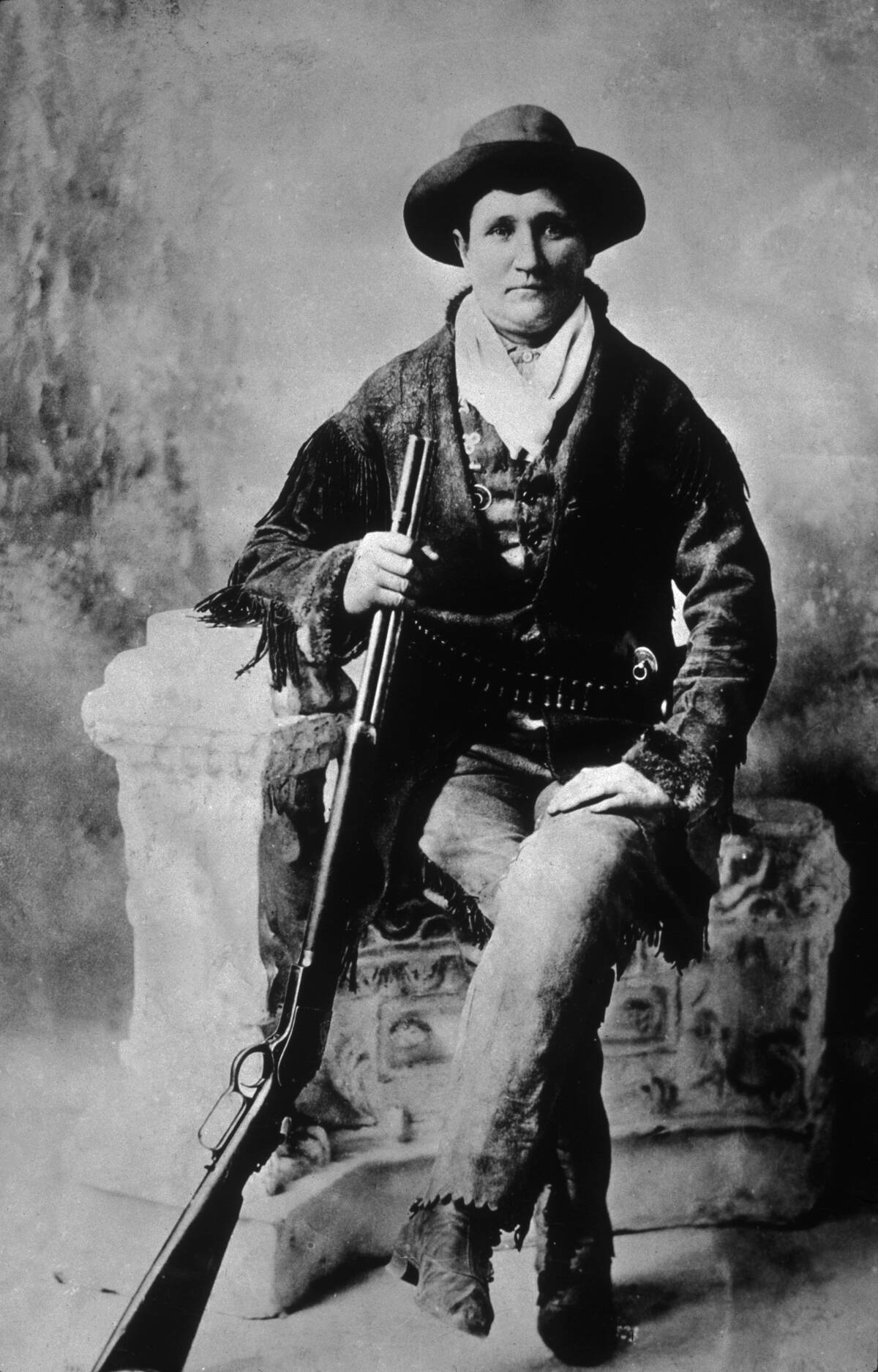
Women in the Wild West played diverse and crucial roles beyond the stereotypical image of saloon girls. They were homesteaders, ranchers, business owners, and even outlaws. Women contributed to the economy and social fabric, often working alongside men in various trades.
Figures like Annie Oakley and Calamity Jane gained fame for their skills and independence, challenging the era’s gender norms and leaving a lasting impact on Western history.
Showdowns at High Noon: Rarely a Reality
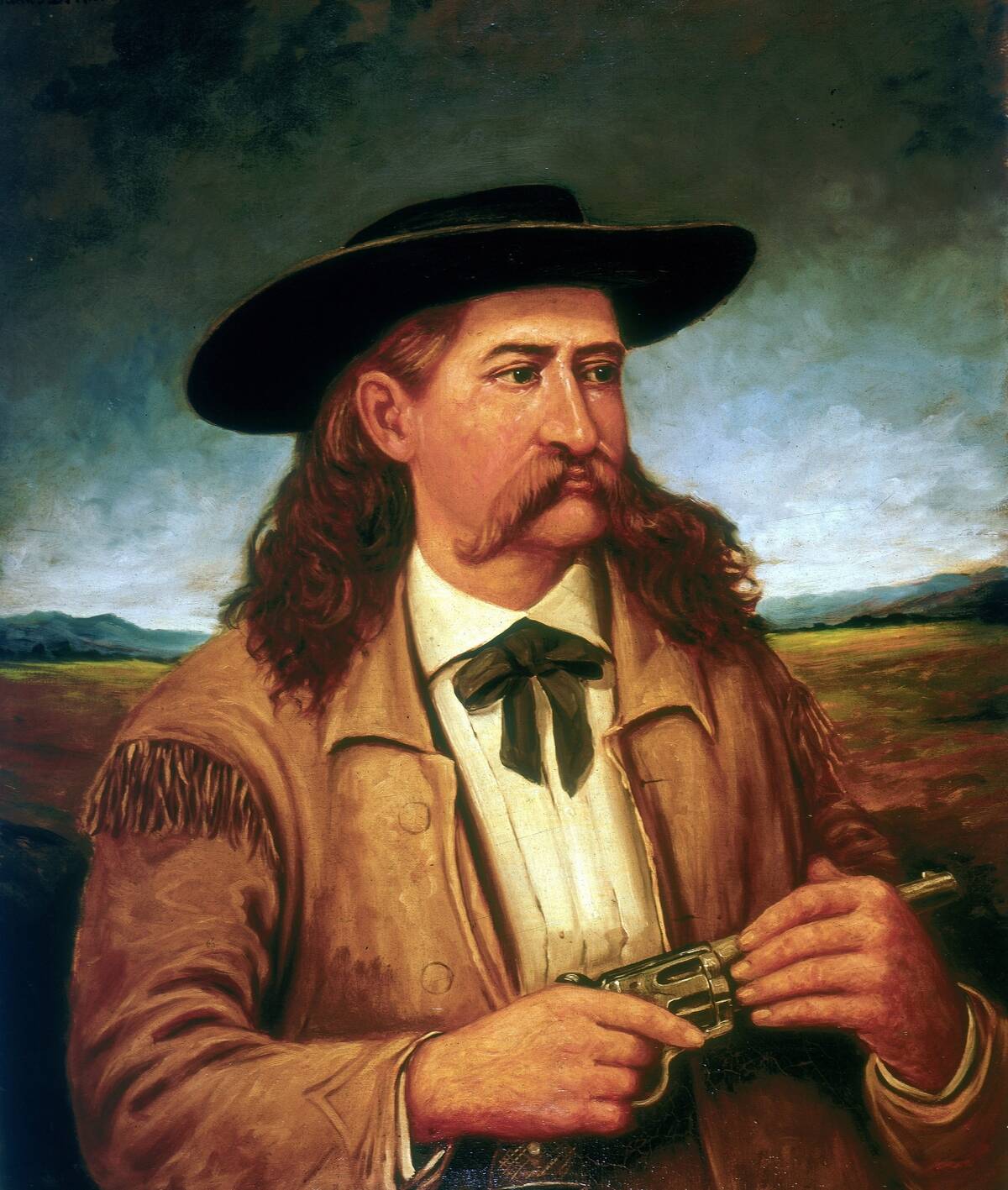
The iconic high noon showdown, a staple of Western films, was more fiction than fact. While gunfights did occur, they were rarely the dramatic duels we’ve come to expect. Most conflicts were resolved through negotiation or ended swiftly without fanfare.
In reality, the threat of violence was often enough to maintain order, and townsfolk preferred peaceful resolutions over chaotic shootouts. The myth of the gunslinger’s duel persists, but history tells a quieter story.
The Frontier Towns: More Than Just a Dusty Street
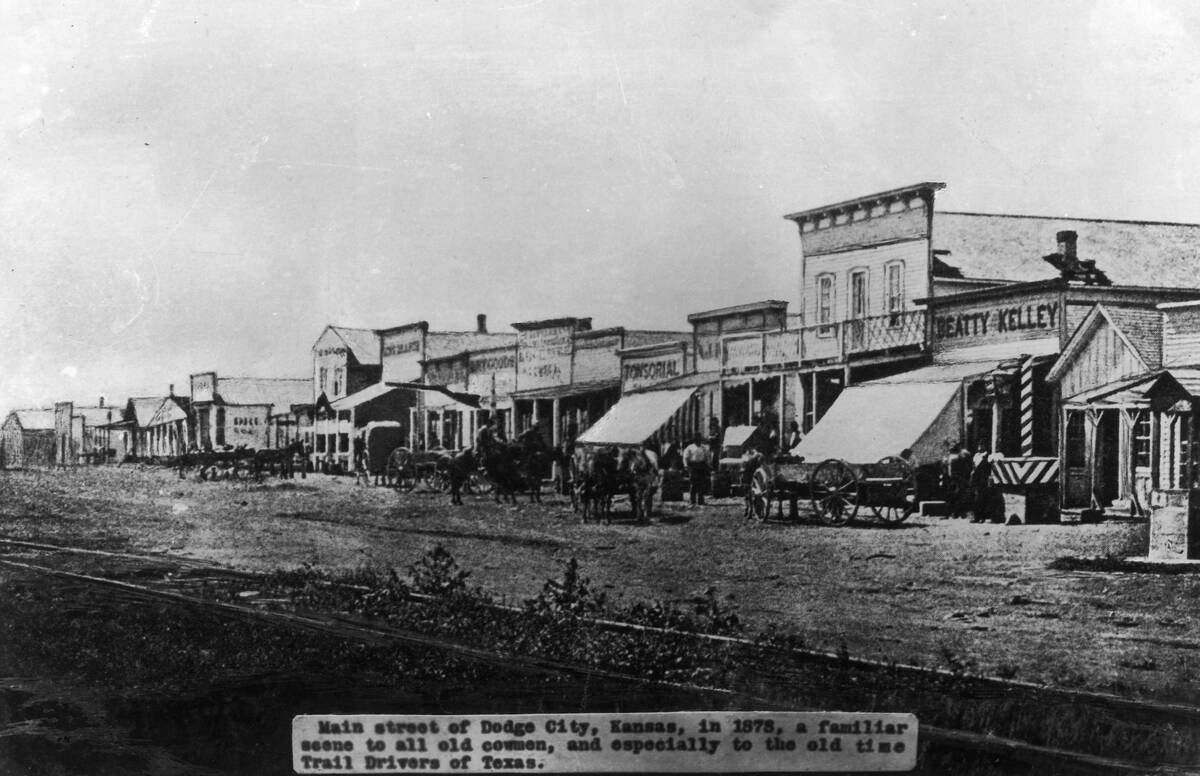
Frontier towns were vibrant centers of trade and community, far more than the dusty streets and saloons often depicted. These towns had schools, churches, and businesses that supported growing populations.
The architecture varied, with some places boasting elaborate buildings and amenities. Towns like Tombstone and Dodge City became cultural hubs, attracting performers, journalists, and entrepreneurs. Their dynamic nature reflected the changing face of the American frontier.
Outlaws: Not Always Romantic Rebels
![Jesse James and the [redacted]](https://media.tellmebest.com/wp-content/uploads/2023/08/jesse-james-and-the-younger-brothers-16041.jpeg)
Outlaws like Jesse James and Billy the Kid are often romanticized as rebels against authority, but their lives were usually less glamorous. Many outlaws were motivated by survival rather than ideology, turning to crime due to poverty or lack of opportunity.
Law enforcement actively pursued these criminals, and their lives were often short and brutal. The romantic image of the outlaw as a noble rogue is more a creation of legend than historical fact.
Cowboys and Their Hats: A Fashion Statement or Practical Choice?
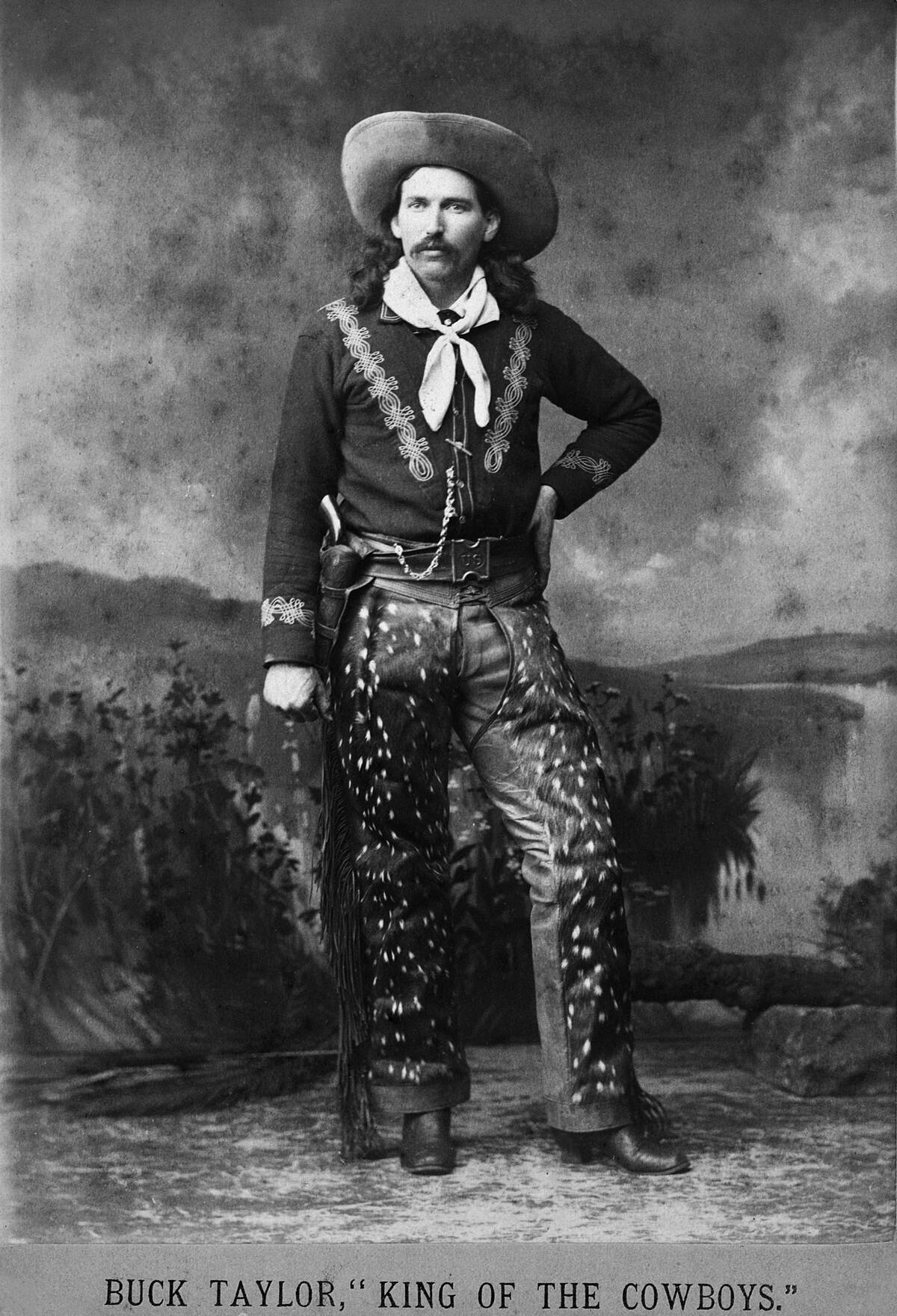
The cowboy hat is an iconic symbol of the Wild West, but it was born out of necessity rather than fashion. Designed to protect from the harsh sun and rain, these hats were practical tools for cowboys spending long hours outdoors.
The wide brim provided shade, while the hat’s sturdy construction offered durability. Over time, the hat became a cultural symbol, with styles and creases evolving to reflect personal and regional identities.
Gunslingers: The Truth About Their Accuracy
![Portrait Of [redacted]](https://media.tellmebest.com/wp-content/uploads/2023/08/portrait-of-annie-oakley-30117.jpeg)
Gunslingers in the Wild West are often portrayed as experts with unparalleled shooting accuracy. In reality, the firearms of the time were not as reliable as modern weapons, and accuracy was inconsistent.
Factors like gunpowder quality and maintenance affected performance. While some individuals gained reputations for their skill, many gunfights were chaotic events where luck played a significant role. Indeed, Annie Oakley’s gift for shooting made her a star of Buffalo Bill’s Wild West Show because her accuracy was so rare. The myth of the infallible gunslinger owes more to storytelling than reality.
The Pony Express: A Short-Lived Legend
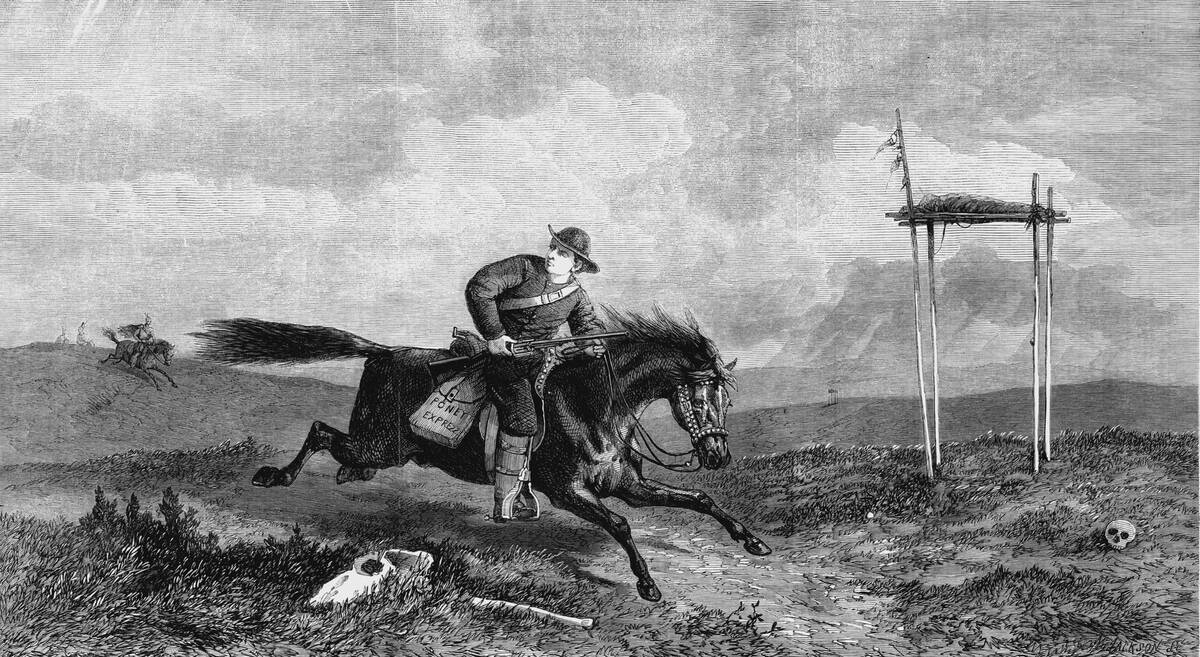
The Pony Express is legendary for its daring mail delivery across treacherous terrain, but its operational lifespan was surprisingly short—only about 18 months. Though it covered 1,900 miles from Missouri to California, the introduction of the telegraph quickly rendered it obsolete.
Despite its brief existence, the Pony Express captured the public’s imagination, symbolizing the rugged determination and pioneering spirit of the American West. Its riders remain iconic figures of Western lore.
The Role of Alcohol: Not Just Whiskey and Saloons

Alcohol played a multifaceted role in the Wild West, extending beyond the whiskey-soaked saloons of legend. Saloons served as community centers, offering news, entertainment, and social interaction.
Beer and wine were also popular, with breweries and vineyards emerging in the region. However, alcohol was a double-edged sword, contributing to social problems like violence and addiction. Efforts to regulate and temper its consumption reflected broader societal struggles of the time.
Buffalo Bill and His Wild West Show: Reality vs. Performance

Buffalo Bill’s Wild West Show was a sensational performance that toured the world, but it blurred the line between reality and entertainment. Featuring reenactments of historical events, the show offered audiences a thrilling yet dramatized version of the West.
Figures like Sitting Bull participated, adding authenticity, but the narratives often reinforced stereotypes. Despite its embellishments, the show played a crucial role in shaping the global perception of the American frontier.
The Iconic Western Movie: Shaping Our Perceptions

Western movies have played a pivotal role in shaping our perceptions of the Wild West. From John Wayne to Clint Eastwood, these films crafted a narrative filled with grit and heroism.
While entertaining, they often sacrificed historical accuracy for drama, creating enduring myths. The genre’s popularity speaks to a fascination with American ideals of freedom and adventure, though it often glosses over the complexities and conflicts of the actual historical period.



